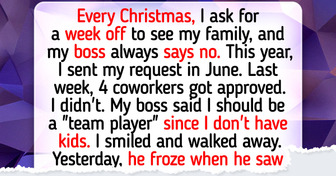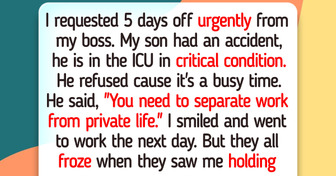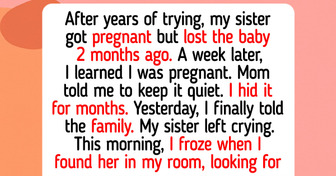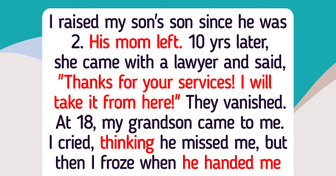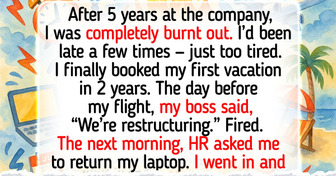15 Photos That Instantly Transport You Back to Childhood

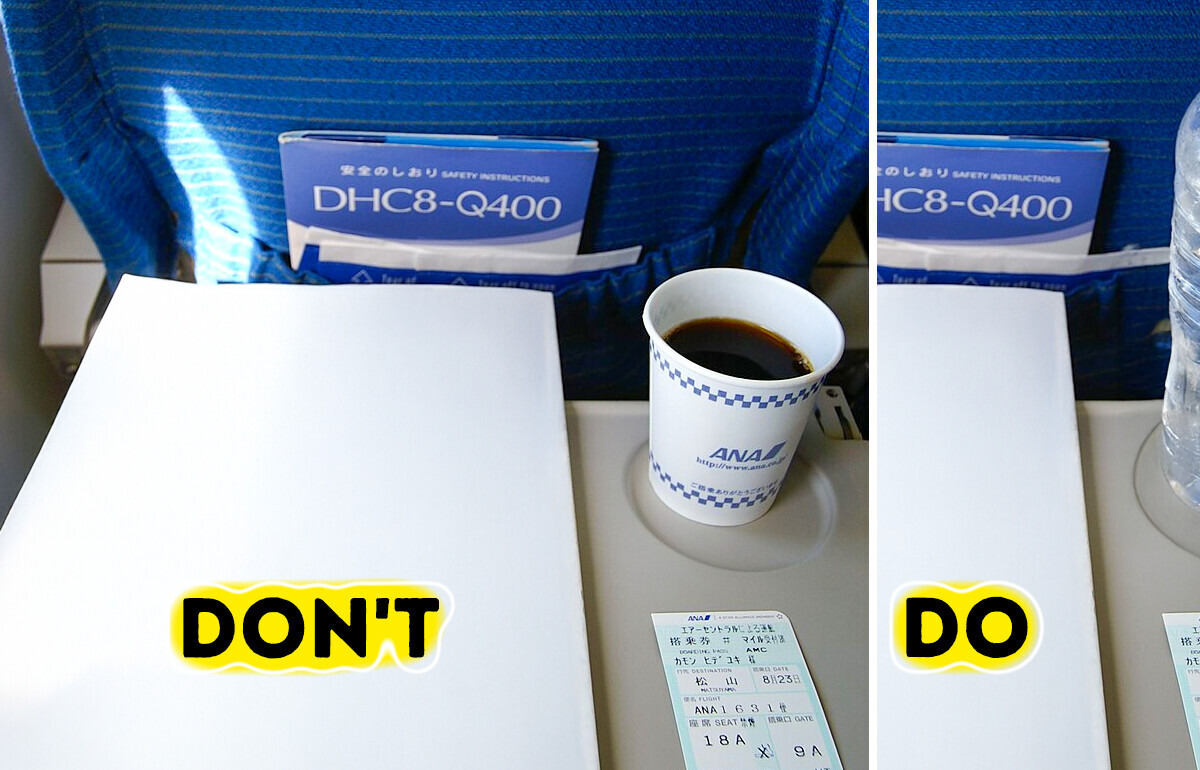
Airplane travel is one of the most incredible conveniences of modern life. But let’s be honest: between cramped seats, dry cabin air, and long security lines, it doesn’t always feel glamorous. In fact, it can be downright uncomfortable if you’re not prepared. With the right tools, clever hacks, and a bit of insider knowledge, flying can go from frustrating to surprisingly enjoyable.
All the rage among frequent flyers, foot hammocks attach to your tray table and let you elevate your legs, reducing swelling and adding comfort. Just be sure to check the airline’s rules: some restrict them due to space and safety concerns. If allowed, this little gadget can make the economy feel so much more cozy.
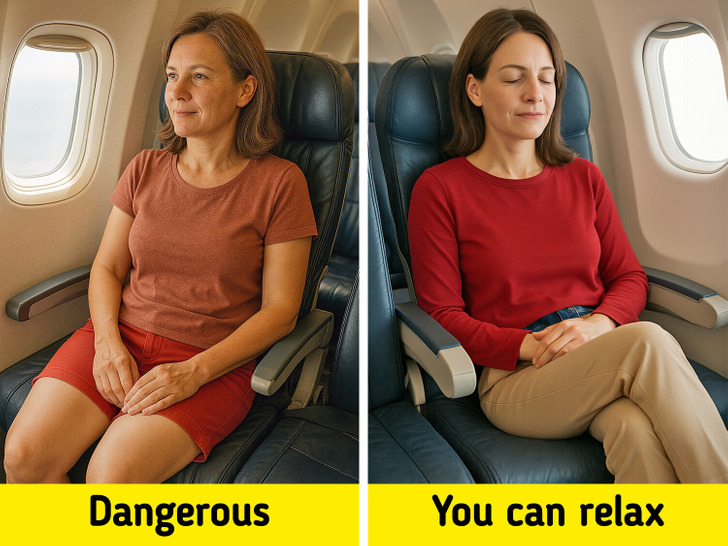
Seats are some of the most contaminated areas on an airplane. Clothing such as shorts increases the risk of contracting bacteria and viruses. To avoid direct contact with germs on the seat, you should wear trousers or jeans on the plane.
Also, wearing open clothes on board can lead to catching a cold, as the air temperature is usually low. Asking a flight attendant for a blanket is also not a good idea, because it is poorly disinfected. Therefore, choose warmer clothes with long sleeves.
If you want less turbulence, aim for seats over the wing. Need to stretch or hit the bathroom often? Go for the aisle. And while rear seats tend to be noisier, they’ve oddly been shown to have slightly higher survival rates in extreme crashes.
And a couple of life hacks:
No, not a jungle survival kit, just a little carry-on pouch with essentials: think eye mask, lip balm, hand sanitizer, moisturizer, headphones, snacks, and a water bottle. It’ll keep you comfy, clean, and less annoyed when turbulence hits mid-snack.
On long flights, experts recommend having a good night’s rest. However, coffee may prevent you from falling asleep. In addition, hot drinks on board are often prepared in unsanitary conditions. Coffee pots and kettles are rarely washed.
On the other hand, water should be your best friend, as airplanes are usually very dry environments. Sip water regularly and try to skip the wine and coffee if you can (they just make it worse!). Your skin, your energy, and your sleep will thank you.
Packing, fear of being late for the airport, check-in for the flight. All this causes stress, which only increases your appetite. But on the plane, they usually give you small portions, and at the airport, food is overpriced. So, it’s worth eating at home or in a café on the way to the airport.
In airplanes, the cabin is pressurized to mimic about 6,000–8,000 feet of altitude — that’s thinner air than sea level, which slightly reduces oxygen levels and slows circulation. Combine that with hours of sitting, and blood tends to pool in your lower legs and feet. Compression socks apply gentle pressure to keep that blood moving efficiently.
Even if you snag an aisle seat and try to walk every so often, you’re still sedentary for long periods. Compression socks support your muscles and veins so your legs don’t get achy or tired — especially handy on overnight or ultra-long-haul flights.
When the traveling part is over, you are finally at your destination and ready to discover new places, faces, and delicious food. Some people have had the most fascinating experiences and couldn’t wait to share them with the world.


